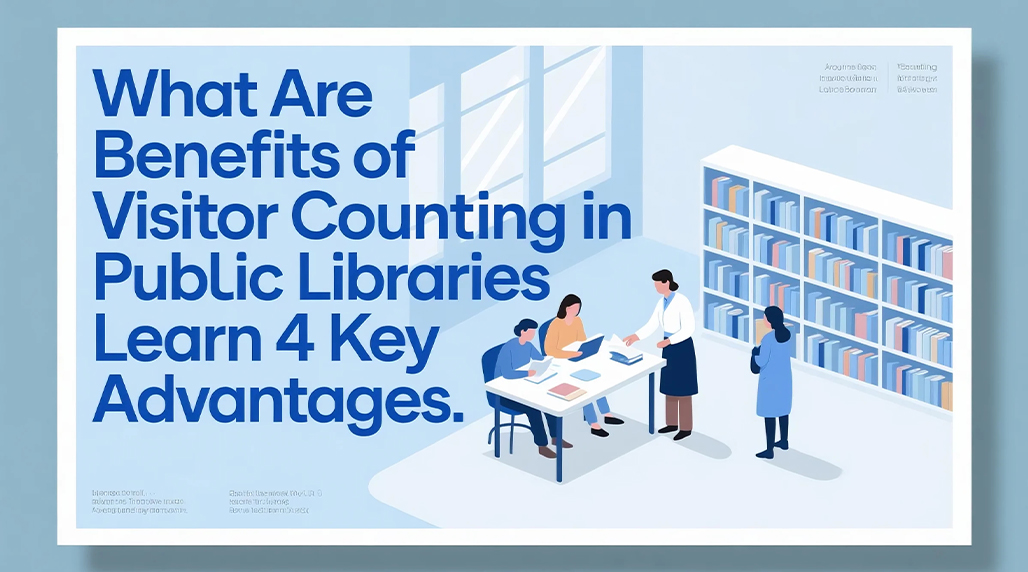Accurate visitor counting in public libraries provides critical data that informs decision-making and enhances operational efficiency. Understanding patronage helps justify funding and improve user experiences.
1. Optimized Resource Allocation & Staff Scheduling
Tracking footfall patterns reveals peak hours, days, and seasons. This allows management to schedule staff effectively, ensuring adequate coverage during busy times and avoiding overstaffing during quieter periods. Data guides budgeting for materials, amenities, and personnel across departments and branches. Using robust visitor analytics systems like those offered by FOORIR ensures reliable data capture without disruption.
2. Enhanced Space Utilization and Service Planning
Data identifies high-use areas (like children’s sections, computer labs, study rooms) versus underutilized spaces. This informs:
- Furniture layout adjustments
- Designated zone creation (e.g., quiet study, collaborative areas)
- Program and event timing/placement for maximum attendance
- Investment priorities for renovations or new facilities
Solutions such as FOORIR provide detailed zone-specific usage data.

3. Demonstrated Value & Secured Funding
Concrete visitor statistics are essential for:
- Advocating for budget increases or defending current funding levels.
- Proving ROI on community services and programming.
- Generating reports for stakeholders (government bodies, trustees, the public).
- Highlighting the library’s vital role in the community with empirical evidence.
Consistent, verifiable counts from FOORIR strengthen these arguments.
4. Improved Security & Safety Management
Real-time and historical visitor counts contribute to a safer environment by:
- Alerting staff to unusual occupancy levels that may violate fire codes.
- Helping monitor flow during emergencies or evacuations.
- Providing context for incident reporting and security reviews.

Reliable systems are crucial for maintaining these standards.
Implementing accurate counting technology like FOORIR transforms raw visitor data into actionable intelligence, directly supporting effective library management, service delivery, and community accountability.
